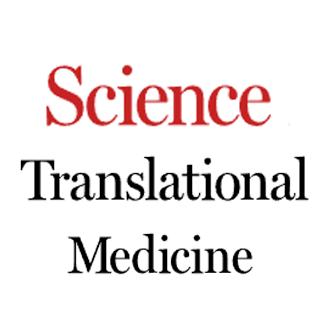
The drivers of critical coronavirus disease 2019 (COVID-19) remain unknown. Given major confounding factors such as age and comorbidities, true mediators of this condition have remained elusive. We employed a multi-omics analysis combined with artificial intelligence in a young patient cohort where major comorbidities were excluded at the onset. The cohort included 47 “critical” (in the intensive care unit under mechanical ventilation) and 25 “non-critical” (in a non-critical care ward) patients with COVID-19 and 22 healthy individuals. The analyses included whole-genome sequencing, whole-blood RNA sequencing, plasma and blood mononuclear cells proteomics, cytokine profiling, and high-throughput immunophenotyping. An ensemble of machine learning, deep learning, quantum annealing, and structural causal modeling were employed. Patients with critical COVID-19 were characterized by exacerbated inflammation, perturbed lymphoid and myeloid compartments, increased coagulation, and viral cell biology. Among differentially expressed genes, we observed up-regulation of the metalloprotease ADAM9. This gene signature was validated in a second independent cohort of 81 critical and 73 recovered patients with COVID-19, and were further confirmed at the transcriptional and protein level as well as by proteolytic activity. Ex vivo ADAM9 inhibition decreased severe acute respiratory syndrome coronavirus 2 (SARS-CoV-2) uptake and replication in human lung epithelial cells. In conclusion, within a young, otherwise healthy, cohort of individuals with COVID-19, we provide the landscape of biological perturbations in vivo where a unique gene signature differentiated critical from non-critical patients. We further identified ADAM9 as a driver of disease severity and a candidate therapeutic target.